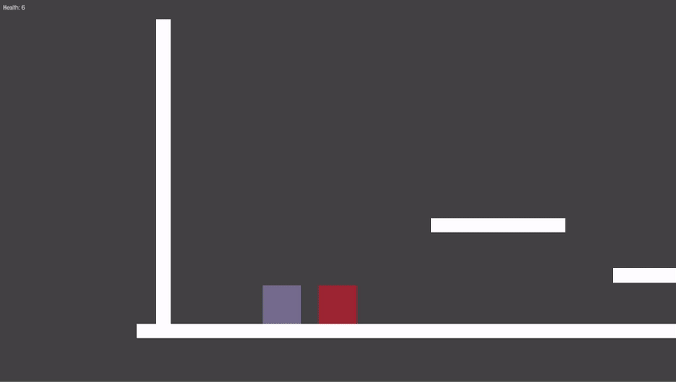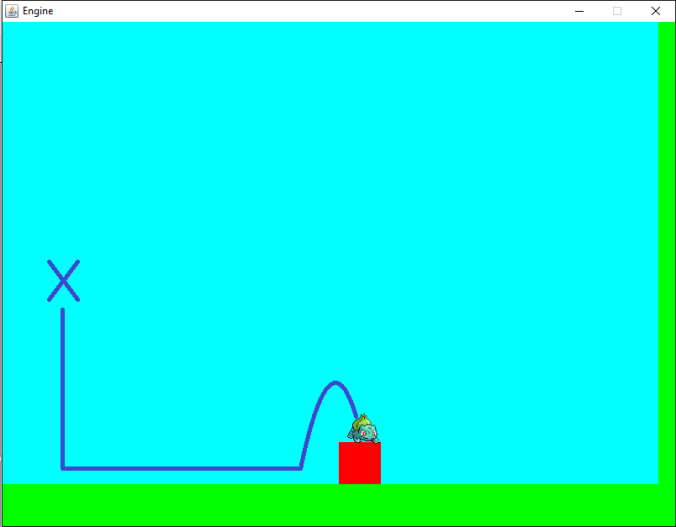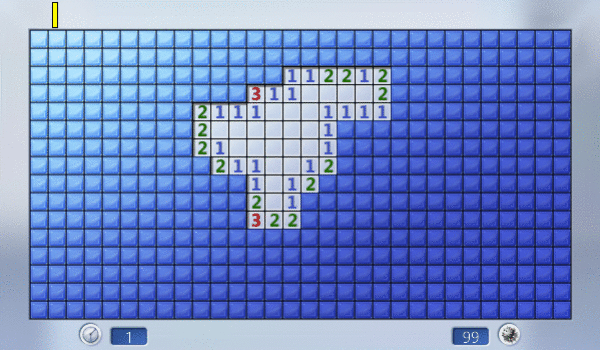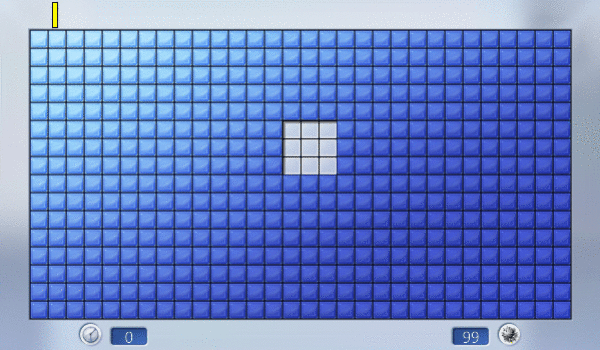If you’re reading this and you’re not me, the chances are you were brought here by a bot. Hopefully you did not realise, but whatever you read to convince you that this was worth checking out was generated automatically.
I deployed the third incarnation of my cover letter generator. In the first batch of applications I’ve had a response rate at 29.4% (5 of 17)* in only a couple of days since I removed the “I am a bot” message and already two have made it to interview stage. So it seems that recruiters don’t like me telling them they’re speaking to a bot?
How it works: first I go through and select jobs I’m interested in applying for – however, I previously wrote a bot that does that for me and I might refine that piece of code and use it again since it was incredibly useful. I compile a list of links to job descriptions and the bot works its way through them, scraping the HTML, parsing, and reading it for a list of search terms I’m looking for. If and how often the search terms appear is then stored, and passed to a letter writer which writes some text that will possibly be the first thing you read from me. It’s not entirely automated in fairness, it does select from pre-written fragments. The big advancement over the previous generation however is that I had three paragraphs and the code would select from them, now I’ve created a decision tree to write more specific paragraphs. For example, if C++ is mentioned that will likely be the first thing you read. If Java is also mentioned you will read this:
I have developed many applications for scientific programming using C++, both in writing simulations themselves and tools for data extraction and analysis, the latter of which I also have experience of writing in Java.
If there is no mention of Java in the listing, but Fortran is mentioned then a slightly different paragraph will be generated:
I have developed many applications for scientific programming using C++, both in writing simulations themselves and tools for data extraction and analysis. Although I did not write my own software during my Master’s project, I worked on bug fixes and code improvements using Fortran and wrote small apps to automate data analysis and calculations.
This is done for each job on the list, they are assigned a randomly generated designation that allows me to keep track of them. They are written to a file with the cover letter and link, and then I just work my way through them. I would prefer to have the bot do them, but that would mean writing a different form handler for every website and I’m not sure it’s worth that. I get through them in ~4 minutes per application now though.
*as of 01/06/16, obviously I expect this to improve







